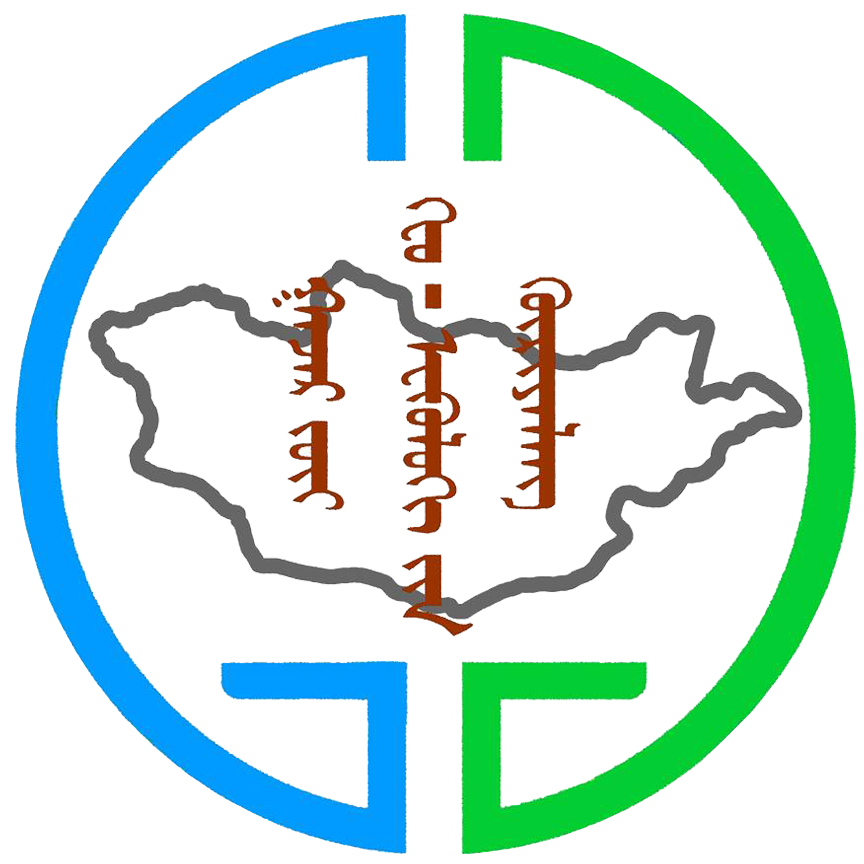A b s t r a c t: climatea b s t r a c tSince the estimate of moisture stress coefficients (MSC) in the current Carnegie-Ames-Stanford-Approach(CASA) model still requires considerable inputs from ground meteorological data and many soil param-eters, here we present a modified CASA model by introducing the land-surface water index (LSWI) andscaled precipitation to model the vegetation net primary productivity (NPP) in the arid and semiaridclimate of the Mongolian Plateau. The field-observed NPP data and a previously proposed model (theYu-CASA model) were used to evaluate the performance of our LSWI-based CASA model. The resultsshow that the NPP predicted by both the LSWI-based CASA model and the Yu-CASA model showed goodagreement with the observed NPP in the grassland ecosystems in the study area, with coefficients ofdetermination of 0.717 and 0.714, respectively. The LSWI-based CASA model also performed compara-bly with the Yu-CASA model at both biome and per-pixel scales when keeping other inputs unchanged,with a difference of approximately 16 g C in the growing-season total NPP and an average value of 2.3 g Cbias for each month. This indicates that, unlike an earlier method that estimated MSC based entirely onclimatic variables or a soil moisture model, the method proposed here simplifies the model structure,reduces the need for ground measurements, and can provide results comparable with those from earliermodels. The LSWI-based CASA model is potentially an alternative method for modelling NPP for a widerange of vegetation types in the Mongolian Plateau.
